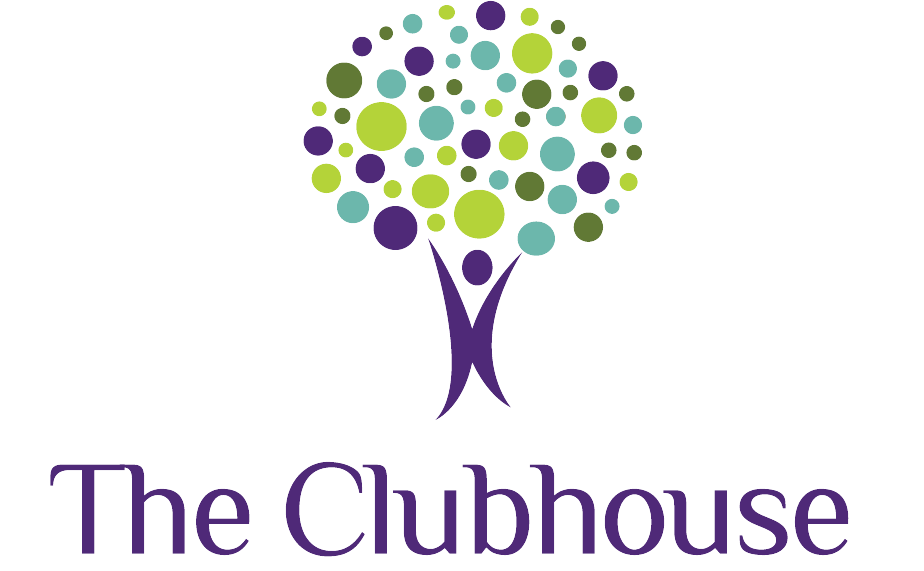Supporting your child’s early literacy skills can seem like a daunting task and it can be difficult to know where to start. As the seasons change, use the acronym “SPRING” to remember some easy steps to help support your child’s future reading skills!
S: Start with the title. Reading the title of the book is an important first step to get your child to think about the story and predict what will happen. You may want to point out the title to them by specifically saying, “We call this the title of the book.” This helps introduce foundational reading-related vocabulary to your child in a low-pressure manner.
P: Look at the pictures. Before reading, have your child look at the pictures on the cover and throughout the pages of the book. Ask them what they see in the pictures, and what they think the story is going to be about. Feel free to spend some time discussing each picture, both within the book and within a real-world context. For example, if the book has a picture of a cow, you could talk about where cows live, what cows eat, how cows feel, the noises they make, and more!
R: Read with your best voice. Try to use inflection in your voice while reading the story! This helps to engage your child and maintain their interest. It can be helpful to change your voice for different characters, as this helps your child distinguish between each character. Get creative with using your voice. You can whisper, sing, make your voice deeper or higher. The opportunities are endless! Imagination and effort go a long way when starting with early literacy skills.
I: Inquire. Ask your child questions throughout the story. SLPs typically call these “wh-questions”: who, what, when, where, why. Try to pick one wh-word at a time and stick with asking those questions throughout the story. For example, you can pick “where,” and focus on asking “where” questions throughout the story. Choosing a single question word helps build a pattern throughout the story so your child knows what to expect. It can also provide useful information for you to know what questions are easy for them to answer and what are more difficult!
N: No pressure. Try to minimize the pressure on your child when reading at home. We want reading to be enjoyable, fun, and bonding for you and your child. While pressure will increase as your child grows and school becomes more challenging, we want reading at home to remain enjoyable and relaxing. A way to make sure reading is a “no pressure” situation for your child is by allowing them to guide you. They may want to take breaks, go back to a different page, or they might not know the answer to your question. Any scenario is great, as long as your child is interacting with books!
G: Give your child a high-five! Working on early literacy skills isn’t always easy. Positive reinforcement will help your child want to continue reading together and makes reading an even more fun, exciting experience!
These are easy tips that you can use to practice at home and help develop early literacy. For more early literacy tips, check out our favorite sound-loaded picture books to help get your child talking!
Written by Emma Boat, M.A., CF-SLP


